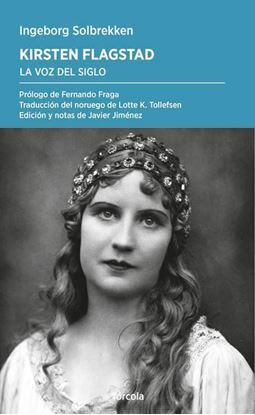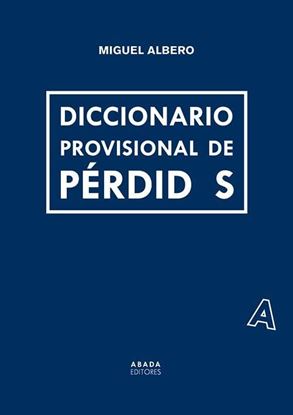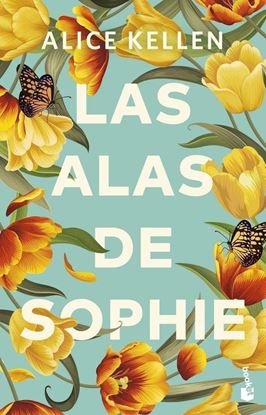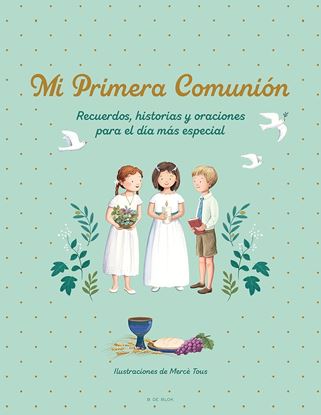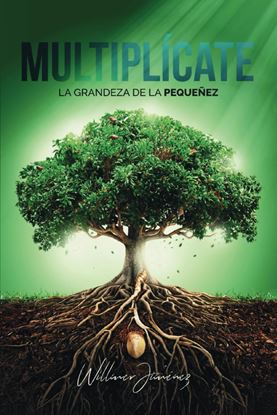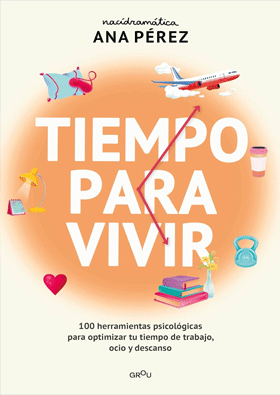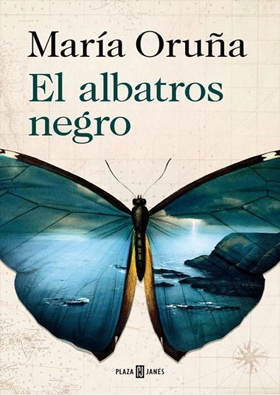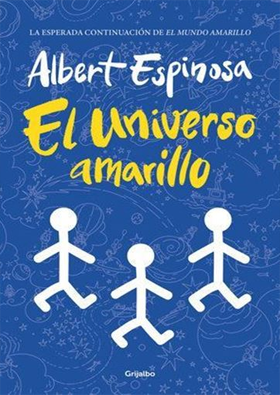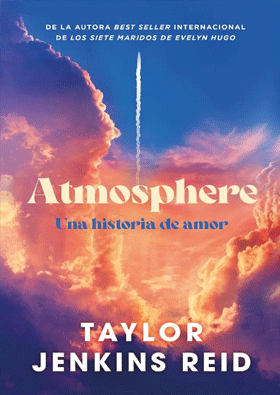

NOVEDADES
KIRSTEN FLAGSTAFF. LA VOZ DEL SIGLO
Los críticos musicales de la época describieron la voz de la soprano noruega Kirsten Flagstad como la luz del sol que incide sobre la cúspide de una montaña coronada por un glaciar. Jessye Norman la asemejó al oro líquido sobre terciopelo negro, mientras que Elisabeth Schwarzkopf percibió que tenía la dimensión de una madre cósmica que abraza el universo.
1,995
MUJERES, RAZA Y CLASE
Habiéndose gestado el feminismo norteamericano –como movimiento y teoría política– en el seno de las luchas abolicionistas y obreras de finales del siglo xix, ¿cómo es posible que la voz y las reivindicaciones de las mujeres negras hayan sido sistemáticamente invisibilizadas por el feminismo blanco liberal? A partir de esta pregunta, Angela Davis traza una nueva genealogía de los movimientos radicales de liberación norteamericanos en la que desvela las raíces comunes de las luchas antiesclavistas y de los movimientos de defensa de los derechos de las mujeres.
A lo largo de sus páginas, se muestra el contexto material y simbólico en el que se fueron plasmando las diversas luchas, la fuerza de la organización colectiva frente a las fuerzas de poder y explotación dominantes. Pero no se trata de un mero ajuste de cuentas con el pasado: también proyecta una mirada al futuro. Una reconstrucción como esta brinda un análisis esclarecedor no sólo para denunciar las situaciones de injusticia, sino para explicitar las estrategias de lucha y los problemas de composición de las diferencias que, hoy día, siguen desgarrando los movimientos políticos.
1,800
DICCIONARIO PROVISIONAL DE PERDIDAS
Diccionario provisional de pérdidas es sin duda el ensayo más ambicioso de Miguel Albero. Estamos ante un diccionario que se lee, no se consulta, como nos informa el autor en el prólogo, donde además nos propone una lectura no lineal del mismo o, como él lo llama, «marcarse un Rayuela», yendo de una en- trada a otra en función de su afinidad semántica.
Desde la primera entrada (A. Pérdida de cuanto sigue) a la última (UBICUIDAD. Pérdida de la localización), el lector asiste a un festival de pérdidas, de las más evidentes (AMNESIA. Pérdida de la memoria) a las más sutiles (CASI. Pérdida del todo), de las más tremendas (APOCALIPSIS. Pérdida del futuro) a las más surreales (PERDIDA. Pér- dida de la tilde de pérdida), de los inexistentes PARAÍSOS PERDI- DOS al maravilloso SALÓN DE LOS PASOS PERDIDOS. Piérdase pues el lector en este libro, no le defraudará.
1,995
LAS ALAS DE SOPHIE (BOL)
Una chica. Un adiós y un comienzo. Dos historias de amor.
Cuando Sophie se enamoró de Simon, supo que juntos tejerían una inolvidable historia llena de vivencias y canciones, pero todo acabó una noche de enero y sus sueños se quedaron congelados en aquel invierno eterno, el más largo y frío que nunca pudo imaginar. Hasta que el hielo empieza a derretirse para que Ámsterdam se vista de primavera. Entonces, Sophie descubre que Koen estará a su lado cuando decida alzar el vuelo, que su familia y amigos son su brújula, que ganar requiere de ingenio y que el corazón sigue sus propias reglas.
Alice Kellen, la gran revelación de la nueva novela romántica
“La pluma de Alice Kellen es más que maravillosa, consigue traspasarte y arrastrarte a su mundo, consigue hacerte sentir las emociones en tu propia piel y que la historia se ancle en tu interior…” Bibiana In Bookland
1,150
MI PRIMERA COMUNION
El día de la primera comunión es una fecha que los más pequeños de la casa recuerdan con mucho cariño cuando crecen. Con este especial álbum, podrán disfrutar de esta inolvidable experiencia y atesorar los recuerdos de su catequesis y la celebración de su primera comunión para toda la vida.
1,300


